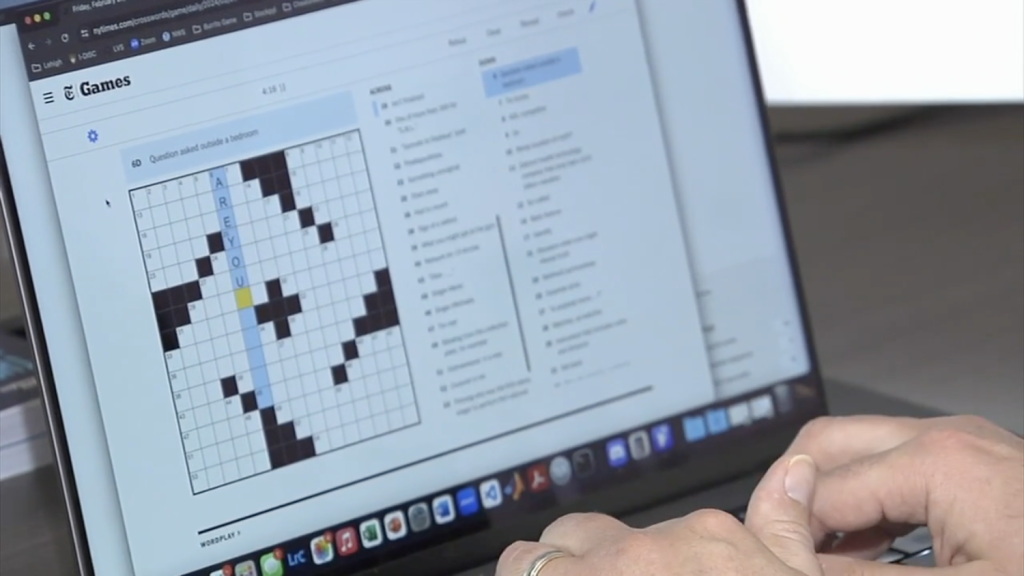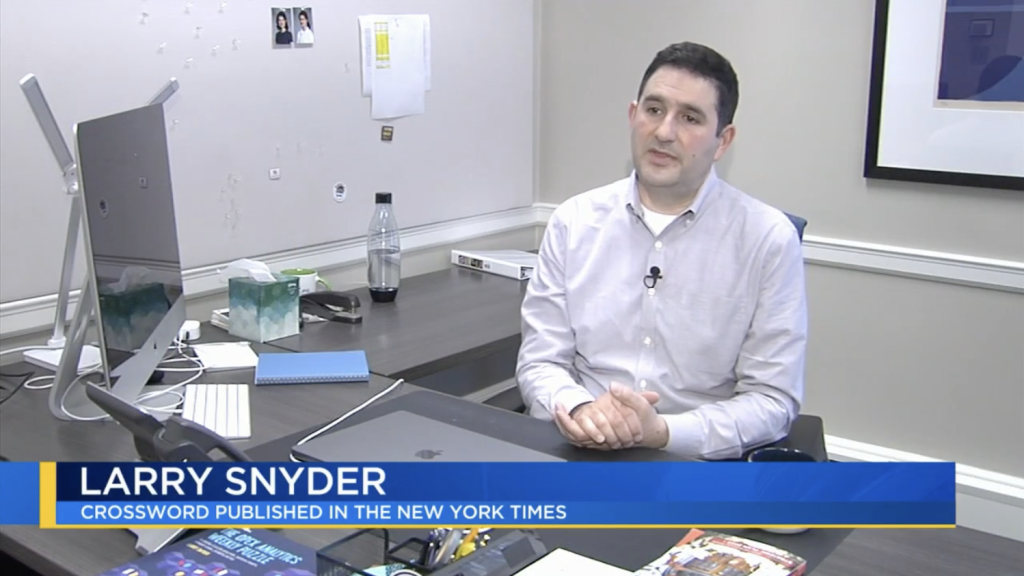NYT Crossword Answers & Solutions
Do you play the New York Times Crossword Puzzles on a daily basis? If yes, then you definitely understand how fun and satisfying it is to solve the crossword clues therein. But you will agree with us that solving clues isn’t the easiest thing to do. That’s why we are here to help.
- NYT Crossword Today, April 19 2024
- NYT Crossword April 18 2024
- NYT Crossword April 17 2024
- NYT Crossword April 16 2024
- NYT Crossword April 15 2024
Older puzzles can be accessed via NYT Crossword Puzzles Archive link. We post crossword answers daily, so please bookmark us and visit our website often.
Some clues will take you many hours and attempts to solve while others will push you to the point of giving up. At that point, you wouldn’t mind a little help in finding the solution, would you?
Whenever you get stuck, you will find all the solutions of the Times Puzzles here. Sometimes we add short descriptions to some crossword clues so that you can acquaint yourself with important crossword definitions as well.
How do you locate the clue that you wish to solve on our website? Well, the solutions are organized by dates (the most recent on top and the oldest at the bottom) so you will have an easy time finding the answers you seek. Access the publication date of the puzzle in question and when you are inside a puzzle date all you need to do is:
- Confirm the clue’s horizontal or vertical orientation,
- Scroll to the horizontal or vertical section on our website (whichever is appropriate for the puzzle at hand),
- Click on the link adjacent to the date of your unsolvable clue,
- Simultaneously press “CTRL and F” on Windows or “CMD and F” on MacOS to highlight the clue text.
That done, your unsolvable puzzle will be solved in a jiffy.
More about The Times Puzzle
The New York Times Crossword was incepted in 1942, initially only on the Sunday New York Times Magazine. Its popularity grew over time and that necessitated daily crossword publications. The publishers have since tweaked the puzzles to match the constantly changing and highly sophisticated players’ needs. You will now find it every day on the NYTimes website as well as on the websites of about 250 other magazines. The exponential increment of the number of New York Crossword enthusiasts has also led to the creation of a mobile-optimized version of the puzzle. It is actually available on both Android and iOS platforms now so you can download and conveniently play it on your smartphone or tablet.
The main idea behind the NYT Puzzles is to make them harder and harder each passing day- world’s best crossword builders and editors collaborate to make this possible. Monday’s crossword is always the easiest of them all and then they get more and more sophisticated as the week goes by. The most difficult puzzle is published on Sunday. Apart from Sundays when the crossword can be as big as 21 x 21 squares- or sometimes 25 x 25 squares- other crosswords usually measures 15 × 15 squares. Sunday’s puzzles come in two levels (easy and difficult) so you are never short of choices regardless of your level of expertise.

